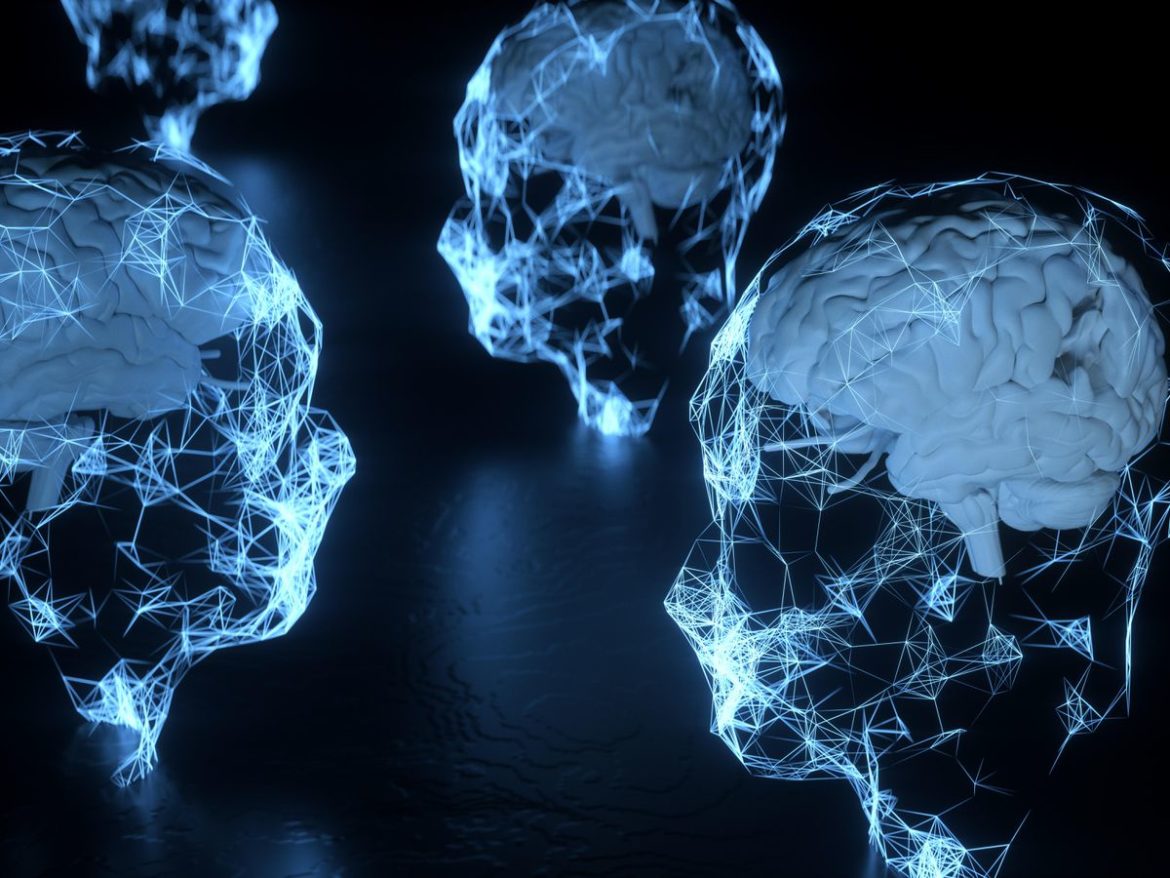“Microsoft has filed a patent which raises the intriguing possibility of digitally reincarnating people as a chat bot.“
The following written content by Barry Collins
Microsoft has filed a patent which raises the intriguing possibility of digitally reincarnating people as a chat bot.
Instead of using the conventional method of training chat bots using conversations and material from a wide sample of users, Microsoft’s patent – as spotted by Ubergizmo – raises the possibility of creating a chat bot from the output of a specific person.
The system would use “social data” such as “images, voice data, social media posts, electronic messages [and] written letters” to build a profile of a person.
“The social data may be used to create or modify a special index in the theme of the specific person’s personality,” the patent states. “The special index may be used to train a chat bot to converse and interact in the personality of a specific person.”

The chat bot could even sound like the real person. “In some aspects, a voice font of the specific person may be generated using recordings and sound data related to the specific person,” the patent claims.
What’s more, “a 2D/3D model of the specific person may be generated using images, depth information, and/or video data associated with the specific person”.
Dead or alive
Microsoft’s patent isn’t particularly fussy about who might be chosen to be the subject of one of its chat bots, stating that the subject could be dead or alive. “The specific person [who the chat bot represents] may correspond to a past or present entity (or a version thereof), such as a friend, a relative, an acquaintance, a celebrity, a fictional character, a historical figure, a random entity etc.”
“The specific person may also correspond to oneself (e.g., the user creating/training the chat bot,” the patent adds, raising the possibility of people training up a digital version of themselves before they die.
The patent emphasizes the degree to which this chat bot will be trained to the individual’s personal traits, in particular the “conversational attributes” of the person, “such as style, diction, tone, voice, intent, sentence/dialogue length and complexity, topic and consistency”.
If the chat bot doesn’t have enough data to provide an answer on a specific topic, crowd-sourced conversational data stores may be used to fill in the gaps, which is almost literally putting words in people’s mouths. Read more from Forbes.





